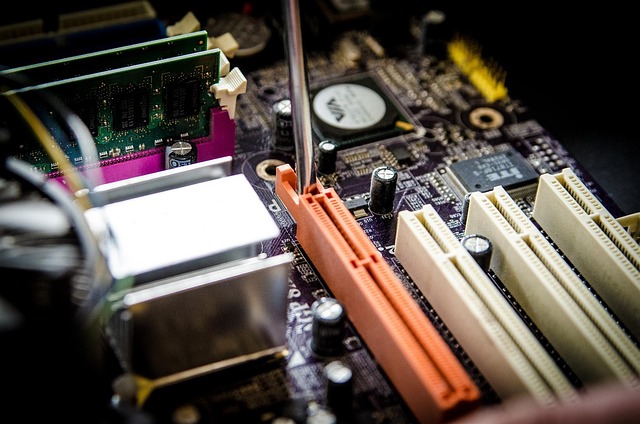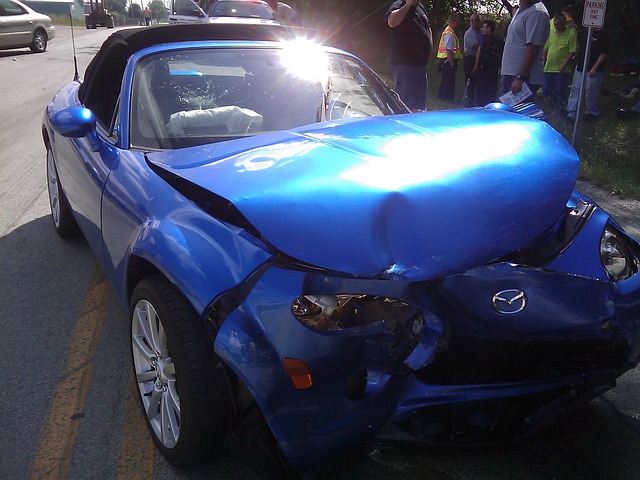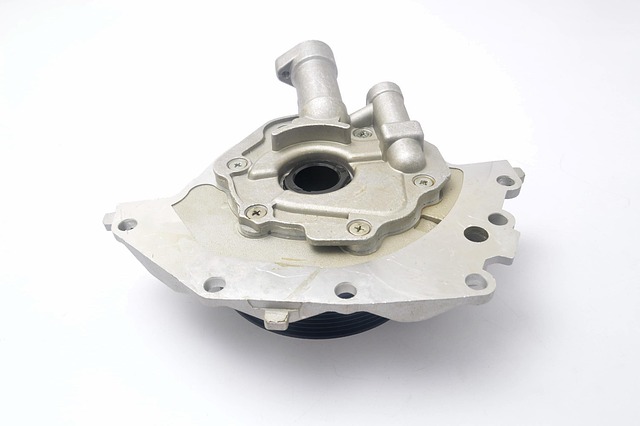Teenage and elderly drivers face higher accident risks due to inexperience, slower reaction times, and reduced physical abilities. Advanced driver-assistance systems (ADAS), including automatic emergency braking (AEB), lane departure warning (LDW) with blind-spot monitoring (BSM), and adaptive cruise control, are vital tools for mitigating these dangers. These technologies improve safety, reduce the need for collision repairs, and ensure smoother travel experiences. ADAS incorporate sensors, cameras, and radar to provide a comprehensive view of surroundings, contributing significantly to accident prevention.
Accident prevention features are critical for teenage and elderly drivers, who face unique challenges on the road. As young or senior drivers often lack experience or cognitive acuity, these features play a pivotal role in mitigating risks and enhancing safety. This article explores the distinct difficulties encountered by these demographics and delves into how advanced technologies contribute to accident prevention. We examine specific features and their proven impact, offering insights for improved driving safety across all age groups.
- Understanding the Unique Challenges of Teenage and Elderly Drivers
- The Role of Accident Prevention Features in Mitigating Risks
- Specific Technologies and Their Impact on Safety
Understanding the Unique Challenges of Teenage and Elderly Drivers

Teenage and elderly drivers often face distinct challenges on the road due to their age and relative lack of experience or physical dexterity. Teenagers, for instance, are more prone to impulsive decision-making and tend to underestimate dangerous situations. They also have less developed reaction times compared to seasoned drivers. On the other hand, elderly drivers may experience slower reflexes, reduced vision, and cognitive changes that impact their driving abilities. These factors increase the risk of accidents, making it crucial for these drivers to be equipped with the right tools and technology.
Accident prevention features in vehicles play a pivotal role in mitigating these risks. Advanced driver-assistance systems (ADAS), such as automatic emergency braking, lane departure warning, and adaptive cruise control, can significantly reduce automotive collisions. These technologies act as a safety net, providing drivers with real-time alerts and interventions to avoid potential hazards. Incorporating accident prevention features into vehicles is not just about enhancing road safety; it also demonstrates a commitment to supporting all drivers, regardless of age, in navigating the roads more securely and ensuring prompt automotive repair if an incident does occur.
The Role of Accident Prevention Features in Mitigating Risks

Accident prevention features play a pivotal role in mitigating risks for both teenage and elderly drivers, who are statistically more susceptible to accidents due to lack of experience or declining reaction times. These advanced safety mechanisms are designed to anticipate potential hazards and intervene to avoid collisions. For instance, driver-assistance systems like automatic emergency braking (AEB) can detect impending crashes and apply the brakes to reduce speed or stop the vehicle entirely, thereby minimizing impact forces.
Furthermore, features such as lane departure warning (LDW) and blind-spot monitoring (BSM) help drivers maintain proper lane positioning and prevent accidental deviations. In case of detours, these systems alert the driver, allowing them to correct their course before a potential collision with other vehicles or road obstacles. As a result, integrating accident prevention features in vehicles not only enhances overall safety but also reduces the need for visits to collision repair shops for damage repairs, ultimately saving both time and money while ensuring smoother journeys.
Specific Technologies and Their Impact on Safety

Modern vehicles are equipped with a plethora of accident prevention features designed to safeguard teenage and elderly drivers, who may be more susceptible to certain risks on the road. These technologies play a pivotal role in enhancing safety and mitigating potential hazards. One such feature is Automatic Emergency Braking (AEB), which uses sensors to detect obstacles and can apply the brakes automatically if a collision is imminent. This simple yet effective system has been proven to reduce rear-end collisions significantly, thereby preventing injuries and property damage.
Another notable technology is Lane Departure Warning (LDW), which alerts drivers when their vehicle veers unintentionally from its lane. This feature, often coupled with Lane Keeping Assist, helps maintain vehicle stability and reduces the risk of accidents caused by driver distraction or fatigue. Additionally, Advanced Driver Assistance Systems (ADAS) integrate various sensors, cameras, and radar to provide a 360-degree view of the vehicle’s surroundings, aiding in parking, blind-spot monitoring, and adaptive cruise control. These technologies not only make driving more comfortable but also significantly contribute to accident prevention, ensuring that every journey is safer for teenage and elderly drivers alike.
Teenage and elderly drivers face distinct challenges on the road, but implementing advanced accident prevention features can significantly enhance their safety. These technologies play a crucial role in mitigating risks by providing support, improving reaction times, and mitigating potential hazards. From collision avoidance systems to lane-keeping assist, various innovations offer targeted solutions tailored to the unique needs of these driver demographics. By embracing these accident prevention features, we can foster a safer driving environment for all ages, ensuring that both teens and the elderly can navigate the roads with increased confidence and peace of mind.














